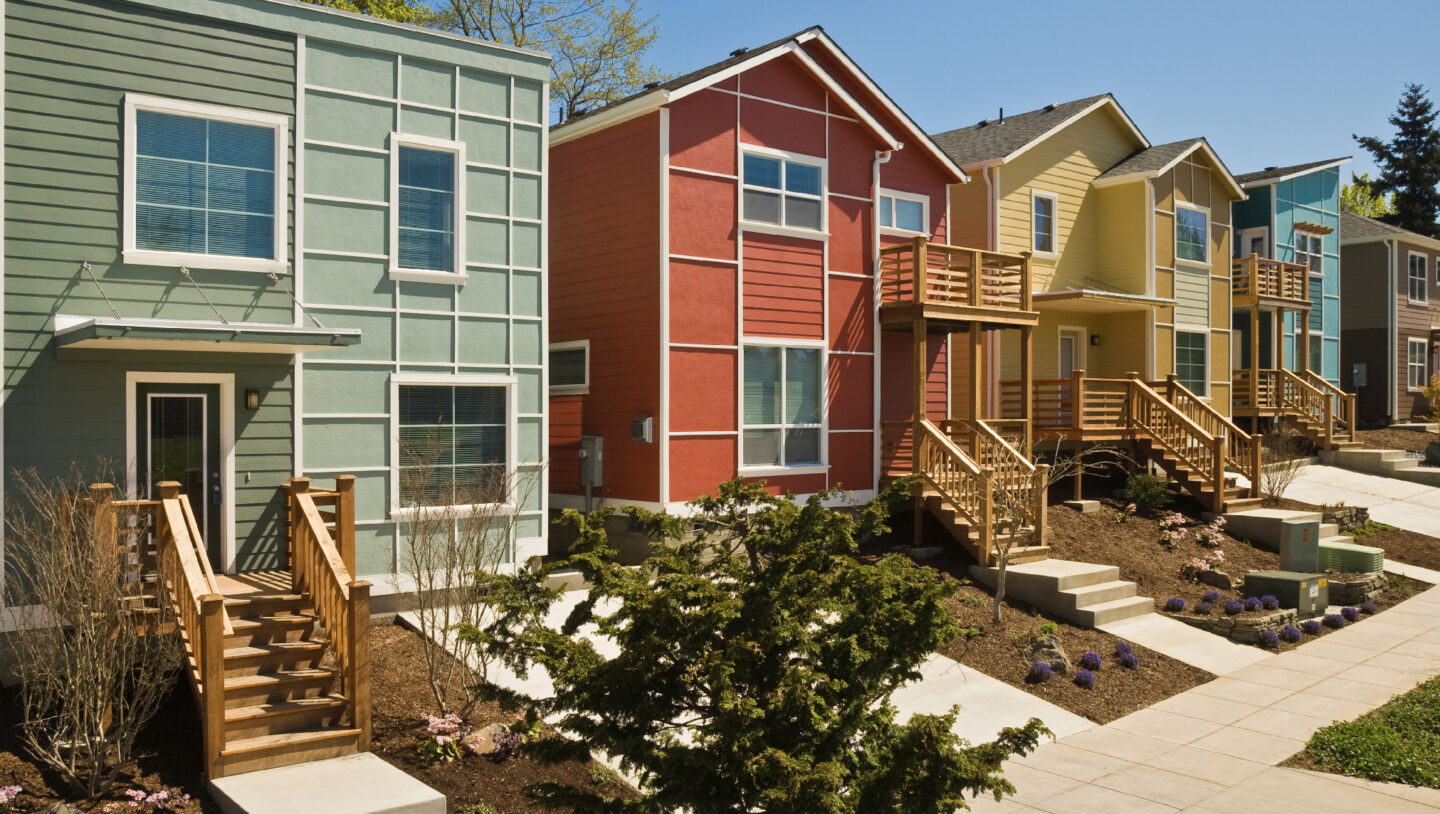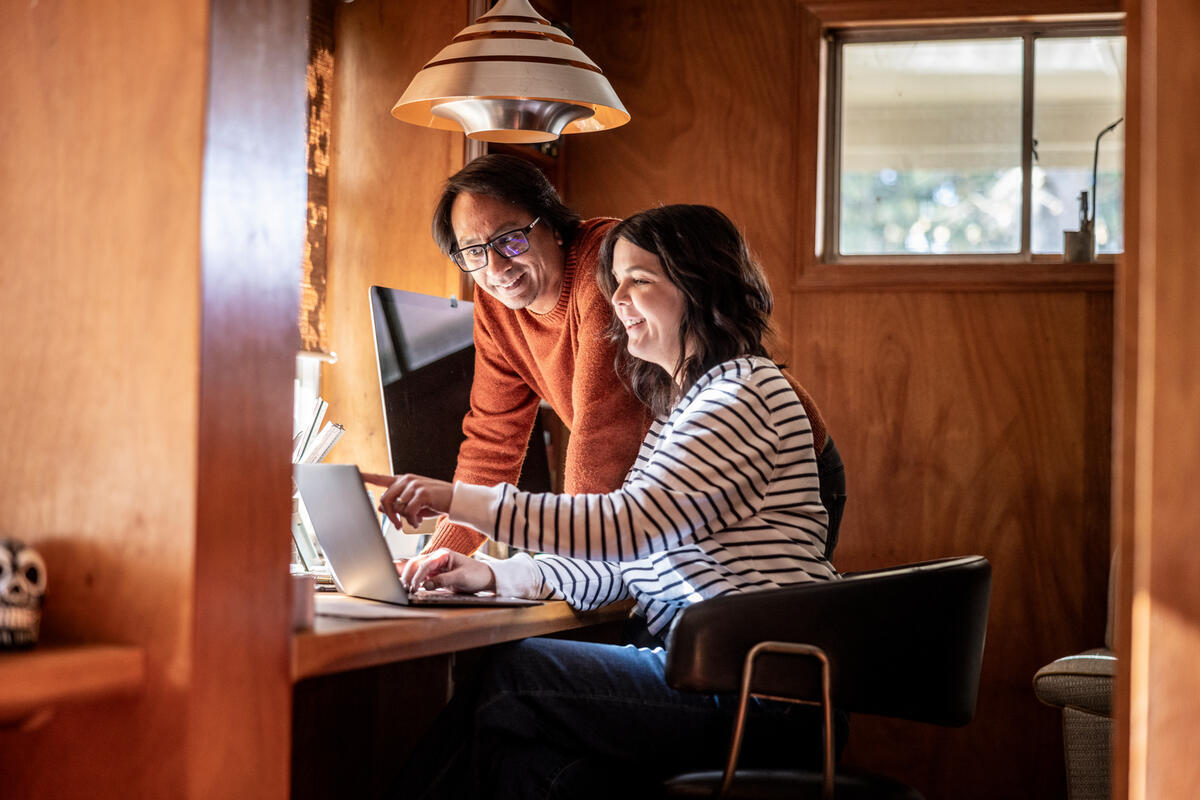Why Aren’t There More Homes for Sale?
Zillow economists explain why housing inventory remains low.


Written by Susan Kelleher on July 6, 2020
When the U.S. economy fell into a coronavirus-induced recession, prospective buyers wondered whether the housing market would soon be flooded with homes for sale.
But months after the virus emerged, putting millions out of work, there are even fewer homes for sale now than there were at this time last year — 20% fewer. And price drops have barely registered.
So what’s going on? Why, during a time of widespread unemployment and dramatic economic decline, is it still hard to find affordable homes for sale? Why haven’t home prices come way down? And how can hopeful buyers position themselves to act if a home they want comes on the market?
COVID-19’s impact on housing inventory
The U.S. economy has never had a sudden shock like the one we’re now experiencing, so no one knows how buyers and sellers will continue to respond. Economists at Zillow have been tracking key signals, however, to predict what might happen to the supply of homes and their sale prices.
Based on what they’ve seen so far, Zillow economists predict that home prices will drop from their February highs by 1% to 2%, hitting their expected low point in early Fall. After that, prices are expected to return to pre-coronavirus levels before summer 2021.
Skylar Olsen, senior principal economist at Zillow, said buyers are showing a surprising degree of confidence in the market.
“There are signs buyers are showing up,’’ she said. Pending home sales and mortgage applications from people intending to buy initially dropped off in March, but then snapped back quickly. And online searches for homes — which are likely to be a mix of browsers and serious buyers — rose 50% above previous levels.
Olsen said prospective buyers, many frustrated by low inventory in previous shopping seasons, may believe this is a good time to find a deal on a home and lock in a favorable mortgage rate. Meanwhile, homeowners intially seemed to think they might be better off waiting to sell until they get a better handle on where things are headed.
“Those two behaviors offset each other,” Olsen said, which resulted in even fewer homes available for sale and helps explain why — even as COVID-19 was hitting the economy — bidding wars for homes were still occurring in some markets.
Sellers confidence appears to be growing, though, as buyers continue to shop and prices held steady. In mid-June, homes listed for sale typically went under contract after just 19 days, a new record pace in Zillow data that dates back to 2018.
The high demand for the limited inventory means that sellers are holding firm on their asking prices,: only 4.1% of active listings in the last week of June underwent a price cut. Zillow economists expect that upward pressure to last through the coming months.
More buyers than sellers = housing shortage
Even before the pandemic, there were not enough homes for the people who wanted to buy one.
The reasons:
- A record-long expansion of the economy and low unemployment, pre-COVID-19
- Historically low interest rates that boost buying power
- Millions of new millennial home shoppers entering the market while older generations remain in place
- A sharp drop in new home construction over the past decade
In order for home builders to keep pace with the number of new households formed in the U.S. over the long run, they need to construct 1 million homes every year. Building has lagged far below that pace, mainly because the home-building industry was decimated during the Great Recession and had only started showing signs of a comeback earlier this year.
The Great Recession, which lasted from December 2007 to June 2009, also disrupted the retirement and downsizing plans of older generations. Their savings took a hit, and their adult children — facing under-employment, record student loan debt and fast-growing rents — moved back home. With retirement postponed and more adults under one roof, fewer baby boomers listed their homes for sale, which further reduced the supply.
The timing coincided with the coming of age of millennials, a massive generation, who are now reaching their peak home-buying years. With few new homes being built, they had to pick from the same supply as everyone else, namely existing homes.
Historically low interest rates fuel demand
Interest rates on mortgages — the type of loan used to buy a home — have been at historic lows for some time.
Low mortgage interest rates boost buying power and make homes more affordable.
“The low mortgage rate is the deal right now, not falling prices,’’ Olsen said. “That is a huge boon for buyers.”
Still, the low rates become less of a boon if more people want to buy homes than there are homes for sale, which keeps prices high. Even with a low-interest mortgage, buyers have to save for a down payment. And with credit tight right now because of lender uncertainty, buyers who planned to put down 5% might not be able to get a loan unless they put down 10%.
New construction could offer potential for a “deal”
In January, before COVID-19 emerged, the home-building industry appeared poised for a comeback; home construction had finally begun to keep up with the formation of new households and builder confidence was high.
The sudden uncertainty around COVID-19 caused builders to pull back. Some offered buyer incentives to reduce the inventory on their books, which Olsen described as one of the few opportunities for buyers to find a “deal” right now — at least until builders feel more economically secure.
The builder incentives helped lower the median price of a new home to about $300,000, which is an affordability sweet spot for many buyers, according to Olsen.
Whether those promotions and incentives will last depends on the demand for new homes and the cost of building under safety restrictions to minimize infections on job sites. Both of those factors will affect the future supply of new homes.
A lot will depend on whether buyers keep showing up, she said, and whether buyers are confident enough to stick with their long-term plans.
Deciding whether to buy or continue renting
Under the latest predictions by Zillow economists, prices will hit their softest moment in early Fall 2020 before climbing back up, Olsen said.
The forecast depends on many factors, including the willingness of federal and state legislators to protect homeowners from foreclosure, boost unemployment benefits and send aid to individuals and small businesses.
“Those measures keep distressed properties out of the market and keep delinquent mortgage rates low,” she said. But the federal measures expire on July 31.
“When you ask whether the strength we’re seeing will last or whether it will get softer — those questions depend on whether we’ll continue the support that people need if job recovery — when we start to recover — is slow, especially if you have another round of COVID in the fall.”
Since timing the market is difficult even for seasoned investors, people who want to buy should focus on their own personal situation, said Olsen.
“All you really need to know when deciding whether to buy or continue renting is whether you’re going to stay for at least four or five years — which is the other side of the recovery plus a few years of equity growth. That’s the timing that most people expect when they buy homes in the first place,’’ she said.
Rent increases are showing signs of slowing down, so prospective buyers should figure out if it makes sense to continue renting versus buy. (Here’s a calculator to help with that question.)
If you decide that it makes sense to buy, get pre-approved by a mortgage lender to see what interest rate will be available to you. Lenders have been giving more favorable rates to people with excellent credit, larger down payments and mortgages that fall under certain lending limits.
But all signs indicate that mortgage rates are likely to remain low for the foreseeable future.
What you can do to prepare to buy during COVID-19
Given the current conditions, Olsen said you should get ready to act if a home you want becomes available or if home prices fall.
“In an environment where home prices could fall — we’re not seeing it yet, but these recession dynamics and the loss of the jobs and the lack of credit availability may start to soften things — it’s important to plan ahead,’’ she said.
Her advice:
Be constantly looking. Engage an agent who is well-versed in the local safety rules around COVID-19 and who has embraced all the tools that allow for homes to be toured remotely and safely. That way you can get a sense of the market and your personal taste, and you can arrange for in-person visits (if they’re allowed) only to homes you’re serious about.
Determine your budget, and know how high you can and want to go. Our affordability calculator is a good starting point.
Get pre-approved for a mortgage.
Understand your needs. Reflect on your experience to figure out what you can and can’t live without. Think of how you live and how you want to live. Can you handle a long commute? Is a home office a must-have? What about outdoor space? (This new-home checklist can help.)
Look to the future. Think about what your life might be like three to five years down the line. “Absolutely don’t consider ‘current you,’’’ Olsen said. “This house has to work for you in five years for this to be a really confident home-buying decision.”
With all the pre-planning done, she said, you can strike quickly when the opportunity comes along.
Want more real estate news and data?
Visit Zillow Research, your source for timely and accurate housing data and unbiased insight.
How much home can you afford?
At Zillow Home Loans, we can pre-qualify you in as little as 5 minutes, with no impact to your credit score.
Zillow Home Loans, NMLS # 10287. Equal Housing Lender
Get pre-qualifiedA great agent makes all the difference
A local agent has the inside scoop on your market and can guide you through the buying process from start to finish.
Learn more


